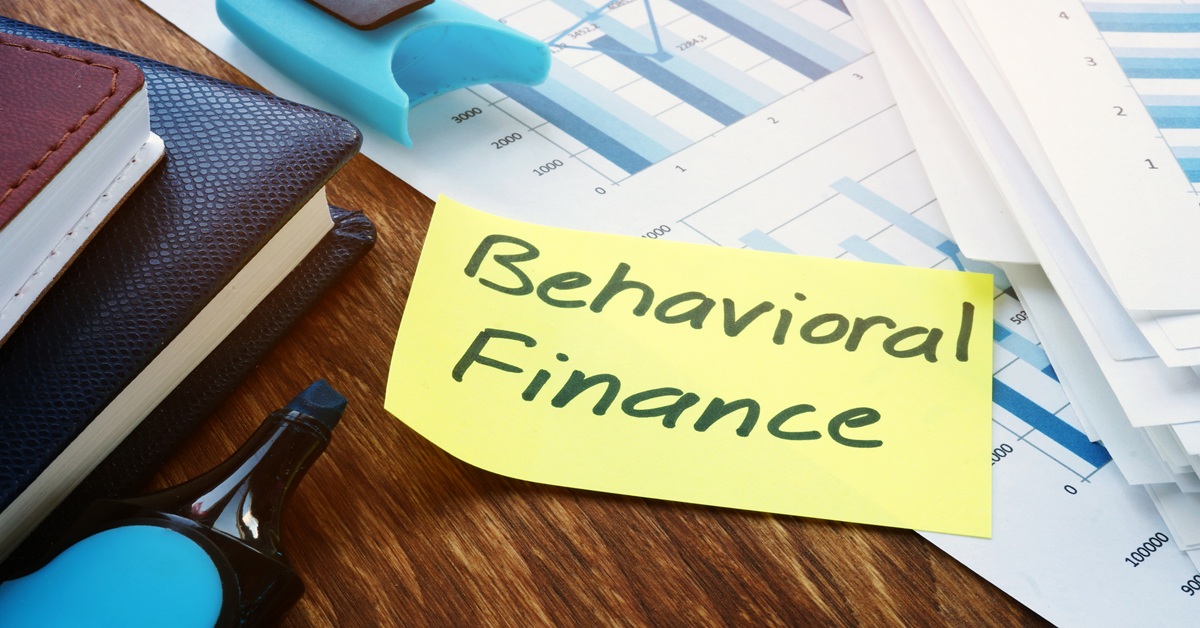
I love to read. The books I am drawn to make me feel like an anthropologist from another planet studying the peculiarities of humans – how did they get to where they are and what makes them do what they do? This covers a wide variety of subjects like history, evolutionary biology, and psychology from authors like Jared Diamond, Carl Sagan, Nassim Taleb, Yuval Harari, Jonathan Haidt, etc. And one throughline is always this: our brains are not equipped for the world we’ve created.
We are all walking around with brains that developed over millions of years to survive the crucible of the Paleolithic era. Our ancestors had to be able to react quickly to escape predators, acquire scarce food, survive the elements, and navigate competing group dynamics. And while we still deal with these issues today, they are not even close to the harsh realities humans have had to endure for most of our existence (I can safely assume that I am not going to be attacked by a lion as I leave my climate-controlled home to go to the grocery store).
So, with brains ultimately designed for survival on the hostile and unforgiving savanna, how can we expect them to properly serve us in a world of constant information via algorithms, social media echo chambers, global financial markets, etc.?
Behavioral Finance (and the Myth of the Rational Investor)
When you first get introduced to investing and economics, you’ll likely hear about the “rational investor,” or Homo economicus, as someone who makes financial decisions based on logic, facts, and objective analysis, aiming to maximize returns while minimizing risks. For a long time, we have assumed that individuals are rational actors when it comes to making financial decisions (or really any decisions for that matter).
Then comes along two Israeli psychologists, Daniel Kahneman and Amos Tversky (along with others like Americans Richard Thaler and Robert Shiller), whose work on decision-making turned this concept upside down, birthing a new field of study known as behavioral finance.
For advisors and planners, understanding behavioral finance is crucial to appreciating that real-world financial decisions are often driven by emotions and biases, not cold, rational logic. And by recognizing these influences, we can better guide our clients through market noise and uncertainty while keeping them focused on their financial goals.
The Bat and Ball Problem: A Small Window into Our Cognitive Mismatch
I remember reading Daniel Kahneman’s Thinking, Fast and Slow and the famous bat and ball problem, which helped introduce the idea of “System 1” and “System 2” thinking:
“A bat and ball cost $1.10. The bat costs one dollar more than the ball. How much does the ball cost?”
As Kahneman notes, “A number came to your mind. The number, of course, is 10: 10¢. The distinctive mark of this easy puzzle is that it evokes an answer that is intuitive, appealing, and wrong. Do the math, and you will see. If the ball costs 10¢, then the total cost will be $1.20 (10¢ for the ball and $1.10 for the bat), not $1.10. The correct answer is 5¢. It is safe to assume that the intuitive answer also came to the mind of those who ended up with the correct number—they somehow managed to resist the intuition.”[1]
This is just one, albeit simple, example that helps to illustrate our cognitive shortcomings. Most people (including me), quickly answer 10 cents, falling prey to what Kahneman describes as “System 1” thinking – our fast and intuitive way of thinking. This is opposed to “System 2” thinking, which is much slower, deliberate, and energy intensive.
Kahneman’s work highlights the tension between these two systems since we are naturally wired for efficiency and energy conservation. Thus, being able to rely heavily on heuristics – mental shortcuts – served us well in a world of scarce resources and immediate threats. But in our modern world, these shortcuts, while efficient, are prone to error and cognitive biases (aka deviating from logical or rational judgment).
Fallacies, Biases, and Heuristics, Oh My!
In wealth management, every advisor can tell you stories about their careers, such as clients calling them during a time when the stock market was in decline and asking if they should sell everything and go to cash. Now, is this a decision being made from a calculated analysis of the long-term outlook of the stock market or a change in their personal financial goals? Or is it being made out of fear? And if it is fear, what is then feeding that fear? Behavioral finance can help provide some more insight into our discussions with clients.
Below are 3 common biases we often see when working with clients (and experiencing ourselves):
- The Availability Heuristic (aka Recency Bias) is the tendency to make decisions based on what easily comes to mind (perhaps what we see constantly flashing on our phones?), which can lead us to overestimate the likelihood of certain events or outcomes (and what attracts your attention more than fear or worry – something news and social media platforms know all too well to drive engagement and their bottom line).
- Loss Aversion is a cognitive bias in which the distress of loss is felt more intensely than the pleasure of an equivalent gain. For example, a 5% decline in the stock market feels a lot more severe than a 5% gain – the difference from a concerned “Should we be selling?” to a more nonchalant “Oh that is nice to see.” We know that volatility is the price we pay for equity returns over the long run (which my colleague A.J. Price wrote about in his piece here), so when the stock market suddenly stops going up and declines in value, logically, it should not matter in the context of your long-term financial goals.
- Overconfidence Bias refers to the tendency for individuals to overestimate their abilities, knowledge, and predictive capabilities. The most common example of overconfidence bias is when investors try to time the market. Getting out of the market is one thing, but when are you going to get back in? As is so often the case, overconfidence bias in the financial world can significantly dampen one’s long-term goals.
What Can We Do in a World of Paleolithic Emotions, Medieval Institutions, and God-Like Technology?
In describing human nature, the American biologist E.O. Wilson said the dilemma of the modern world is that we have “paleolithic emotions, medieval institutions, God-like technology.”[2] This mismatch is at the heart of our current predicament. We, as human beings, find ourselves living in a world of unprecedented complexity with brains designed for a time that no longer exists.
So, what can we do? Ultimately, all we can do is acknowledge our cognitive limitations, which isn’t easy since they are literally hardwired into us. However, by becoming aware of our biases and actively engaging in “System 2” thinking, we can create conditions that promote thoughtful decision-making while reducing the impact of biases in the hopes of facilitating better outcomes.
As financial advisors, understanding aspects of behavioral finance and psychology can help us to better serve our clients by working together to identify and overcome financial biases and mistaken heuristics, like the ones mentioned in the section above, to provide the best advice.
[1] Daniel Kahneman, Thinking, Fast and Slow
[2] James Watson and Edward O. Wilson: An Intellectual Entente | Harvard Magazine (Link)
Disclosure:
This article contains general information that is not suitable for everyone. The information contained herein should not be constructed as personalized investment advice. Reading or utilizing this information does not create an advisory relationship. An advisory relationship can be established only after the following two events have been completed (1) our thorough review with you of all the relevant facts pertaining to a potential engagement; and (2) the execution of a Client Advisory Agreement. There is no guarantee that the views and opinions expressed in this article will come to pass. Investing in the stock market involves gains and losses and may not be suitable for all investors. Information presented herein is subject to change without notice and should not be considered as a solicitation to buy or sell any security.
Strategic Wealth Partners (“SWP”) is d/b/a of, and investment advisory services are offered through, Kovitz Investment Group Partners, LLC (“Kovitz), an investment adviser registered with the United States Securities and Exchange Commission (SEC). SEC registration does not constitute an endorsement of Kovitz by the SEC nor does it indicate that Kovitz has attained a particular level of skill or ability. The brochure is limited to the dissemination of general information pertaining to its investment advisory services, views on the market, and investment philosophy. Any subsequent, direct communication by SWP with a prospective client shall be conducted by a representative that is either registered or qualifies for an exemption or exclusion from registration in the state where the prospective client resides. For information pertaining to the registration status of Kovitz Investment Group Partners, LLC, please contact SWP or refer to the Investment Advisor Public Disclosure website (http://www.adviserinfo.sec.gov).
For additional information about SWP, including fees and services, send for Kovitz’s disclosure brochure as set forth on Form ADV from Kovitz using the contact information herein. Please read the disclosure brochure carefully before you invest or send money (http://www.stratwealth.com/legal).


